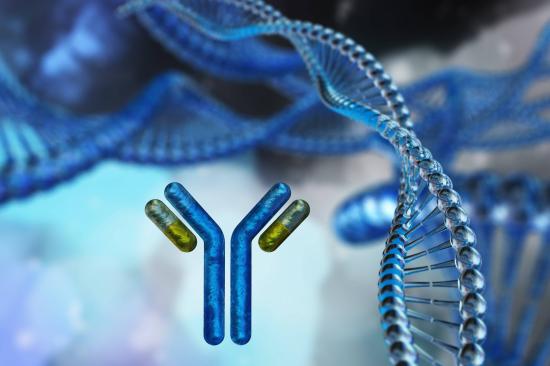Creative Biolabs stands as a powerhouse of antibody engineering expertise, whose end-to-end humanization platform is turning xenogeneic antibodies into preclinical frontrunners.
A Ludwig Cancer Research team has cracked a metabolic code tumors use to evade immune attack, unveiling a humanized antibody that reignites anti-cancer immunity in resistant liver cancers, which was published in Cancer Discovery. The CD36-blocking antibody PLT012 overcomes lipid-driven immunosuppression, which is a game-changer for tumors exploiting fatty microenvironments.

The breakthrough underscores a raging industry imperative—designing a humanized antibody that maintains high affinity and specificity while eliminating immunogenicity is no walk in the park, and transforming potent but immunogenic antibodies into clinically viable therapeutics should go through precision humanization.
The team has developed a multi-pronged approach tackling immunogenicity without sacrificing function—species-agnostic humanization.
From mouse, rabbit, and llama to non-human primate (NHP), Creative Biolabs handles them all. Their rodent antibody humanization platform is particularly prized, which covers three main strategies that can preserve the specificity and affinity of the antibody toward the antigen while significantly or completely eliminating its immunogenicity in humans.
* CDR grafting & SDR grafting to modify rodent antibodies while retaining their original antigen-binding specificity and reducing their immunogenicity.
* Chain shuffling to replace both the light and heavy chains of a rodent antibody with human antibody chains.
* Humanized IgG library screening that leverages the power of mammalian cell display and FACS (Fluorescence-Activated Cell Sorting) to select high-affinity humanized antibodies that retain or improve upon the affinity of the original rodent antibodies.
Another standout feature? Leveraging NHPs' genetic proximity to humans, Creative Biolabs delivers antibodies with near-native affinity and minimized immunogenic hotspots. "Humanizing NHP antibodies leverages their high innate affinity for human targets while systematically removing residual immune triggers," notes a scientist. Key steps include:
* Antibody generation from immunizing NHP.
* Replace the constant regions of the original antibody with their human counterparts.
* Graft the complementarity determining regions (CDRs) of the NHP antibody onto the human antibody scaffold.
* Manage additional optimization steps to ensure the humanized antibody's binding affinity for the target antigen is not affected by site-directed mutagenesis or phage display screening techniques.
Client Impact Q&As, and How Creative Biolabs Delivers
Creative Biolabs' web portal is buzzing with queries from scientists on tight deadlines and high stakes. Some of the most asked ones include:
Q: The differences between humanized, chimeric, and fully human antibodies
A: Chimeric antibodies fuse mouse variable regions with human constant regions, which are better than murine, but still immunogenic. Humanized antibodies go a step further, grafting only the mouse CDRs onto a human framework to minimize immune response. Fully human antibodies, generated via phage display or transgenic mice, have entirely non-human sequences.
Q: How is the human antibody framework selected?
A: It's not one-size-fits-all—multiple factors are weighed, like the structural similarity to the original antibody, framework stability and solubility, and even predicted immunogenicity.
Q: What makes humanizing NHP antibodies so challenging, and how is it done today?
A: Thanks to molecular modeling, high-throughput screening, and epitope mapping, which contribute to higher success rates and fewer surprises down the line.
Website: https://www.creative-biolabs.com/